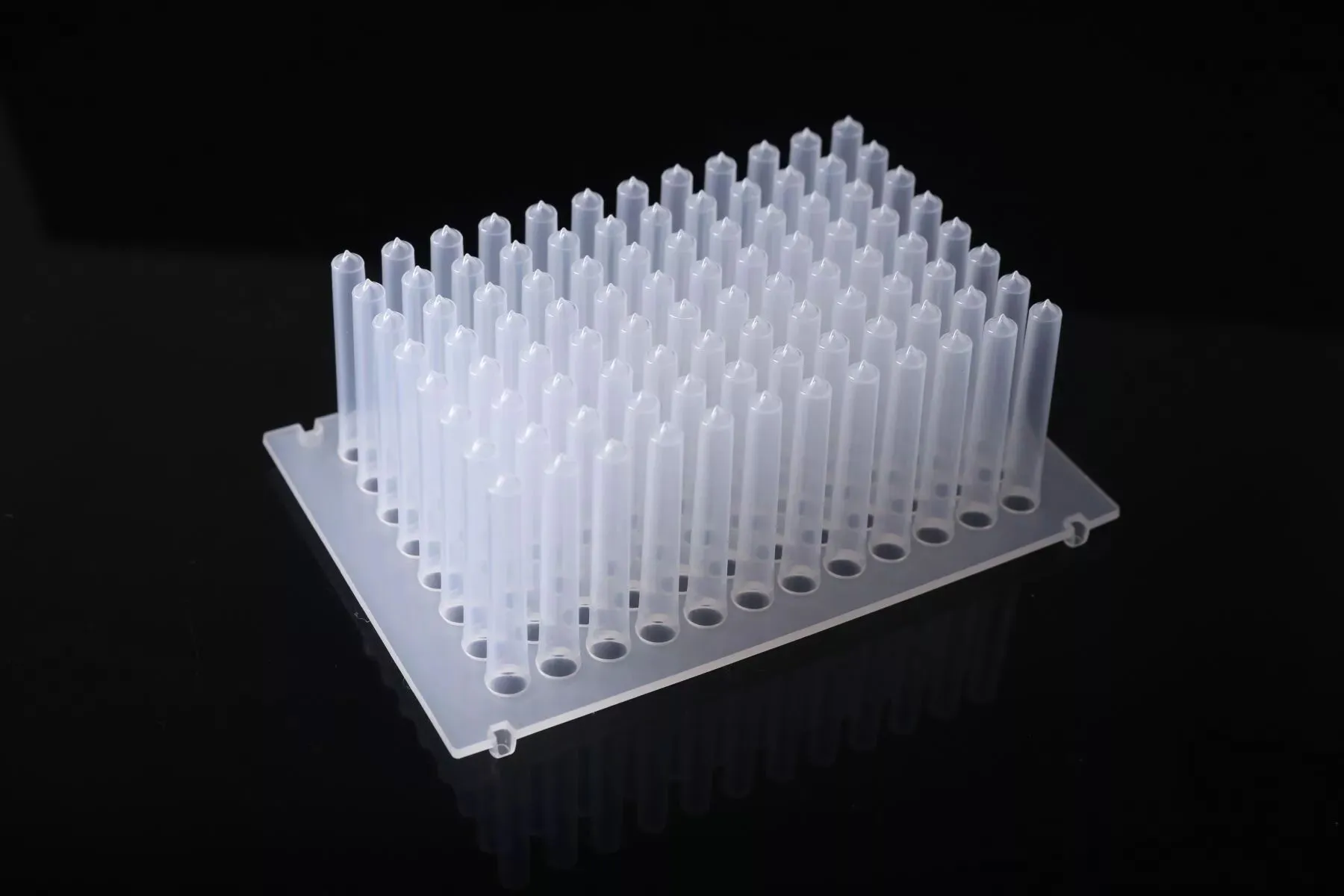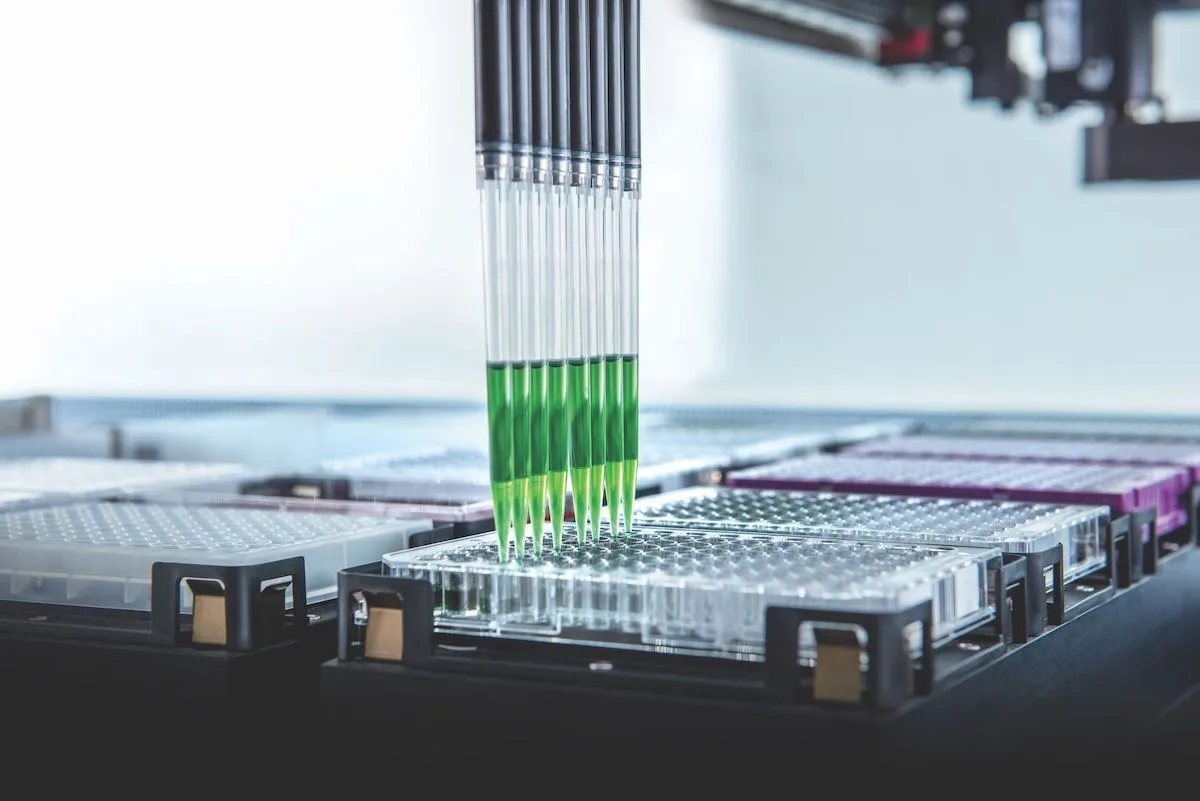Research on Common Technical Problems and Solutions in Pipettes
Jul 27, 2022
1. Common technical problems of pipettes
1.1 Leakages of sampling
If the sleeve handle is loose or cracked, it will cause leakage in the sampling, resulting in inaccurate pipetting. When inspecting the pipette, if the sealing ring is worn, it is necessary to check the piston of the sleeve handle, and it is necessary to consider whether the piston is bent and whether the sealing ring leaks. In addition, considering that the pipette leaks during pipetting, it is necessary to check the pipette tip. Usually, if the joint part of the pipette and the tip is connected by a bayonet, it will cause loosening and affect the pipetting and sampling.
1.2 Leakages of the sealing ring
There are many reasons for the leakage of the sealing ring, including its quality and wear and tear. Generally speaking, the quality of the pipette itself is usually related to the pipette tip. In addition, for unqualified pipettes, there will be problems such as loose parts during use, resulting in the safety of the knob.
1.3 The problem with the pipette tip
The problem of the pipette tip includes whether the pipette tip is reasonably matched with the pipette, and the later installation of pipette tips. Pipette tips can be well matched depending on the fit of the model. In the production process, there are many pipette manufacturers and various models. Therefore, different types of pipettes and pipette tips cannot be very matched, and this mismatch can easily lead to a decrease in the sealing performance of the pipette. Usually, being short of liquid happens, which will seriously affect the test results. In addition, in the process of installing the pipette tips, if the pipette tips are not installed well, the test results will also be affected. Therefore, in the process of installing the pipette tip, attention should be paid to the installation method of the pipette tip, and the rotating installation method can usually be used. The pipette tip can be gently inserted vertically into the pipette tip, while pressing down slightly and gently rotating left and right to make the two well combined.
1.4 Details of pipetting
Before performing pipetting, ensure that the pipettes, pipette tips and test medium to be tested are all at the same temperature. The test medium needs to be placed in the laboratory 24 hours in advance, while the pipettes and pipette tips should be placed in the laboratory 4 hours in advance. In the verification process, the pipette tip should be pre-washed 3 times. When the adjustment button is adjusted to the first verification point, the pipette tip should be inserted vertically 3 mm below the liquid level of the verification medium, and then the pipette button should be released to verify the pipetting of the medium. In the identification process, ensure that the pipette is vertical, and slowly release the suction button to prevent reducing the suction volume.
1.5 Adjustment of calibration points
The capacity needs to be adjusted at the beginning of the verification process, generally from large capacity to small capacity. If the calibration starts from a small volume, it is necessary to adjust the volume until the reading exceeds the calibration point, and then reset it to ensure the calibration accuracy. In addition, it is necessary to pay attention to volume control. If the calibration volume exceeds the range, the pipette will be damaged.
1.6 The calibration of the pipette
For the problem of inaccurate suction during the use of the pipette, it is required to calibrate the pipette regularly. In the process of calibrating the pipette, pay attention to the angle of the pipette. In the process of setting the calibration instrument, pay attention to the influence of the pipetting volume on the test results. Pay attention to the position of the pipette tip when draining the container wall to ensure the accuracy of the pipetting volume.
1.7 The operation after the verification
After the verification, you should pay attention to adjusting the adjustment range of the pipette, and the main purpose is to adjust the spring. If the internal spring structure of the pipette is in a compressed state for a long time, the spring will deform, which will irreversibly affect its elasticity. Therefore, after the pipet's verification is completed, it is necessary to keep the spring element in the pipette in a relaxed state, which is embodied by adjusting the range to the maximum scale.
1.1 Leakages of sampling
If the sleeve handle is loose or cracked, it will cause leakage in the sampling, resulting in inaccurate pipetting. When inspecting the pipette, if the sealing ring is worn, it is necessary to check the piston of the sleeve handle, and it is necessary to consider whether the piston is bent and whether the sealing ring leaks. In addition, considering that the pipette leaks during pipetting, it is necessary to check the pipette tip. Usually, if the joint part of the pipette and the tip is connected by a bayonet, it will cause loosening and affect the pipetting and sampling.
1.2 Leakages of the sealing ring
There are many reasons for the leakage of the sealing ring, including its quality and wear and tear. Generally speaking, the quality of the pipette itself is usually related to the pipette tip. In addition, for unqualified pipettes, there will be problems such as loose parts during use, resulting in the safety of the knob.
1.3 The problem with the pipette tip
The problem of the pipette tip includes whether the pipette tip is reasonably matched with the pipette, and the later installation of pipette tips. Pipette tips can be well matched depending on the fit of the model. In the production process, there are many pipette manufacturers and various models. Therefore, different types of pipettes and pipette tips cannot be very matched, and this mismatch can easily lead to a decrease in the sealing performance of the pipette. Usually, being short of liquid happens, which will seriously affect the test results. In addition, in the process of installing the pipette tips, if the pipette tips are not installed well, the test results will also be affected. Therefore, in the process of installing the pipette tip, attention should be paid to the installation method of the pipette tip, and the rotating installation method can usually be used. The pipette tip can be gently inserted vertically into the pipette tip, while pressing down slightly and gently rotating left and right to make the two well combined.
1.4 Details of pipetting
Before performing pipetting, ensure that the pipettes, pipette tips and test medium to be tested are all at the same temperature. The test medium needs to be placed in the laboratory 24 hours in advance, while the pipettes and pipette tips should be placed in the laboratory 4 hours in advance. In the verification process, the pipette tip should be pre-washed 3 times. When the adjustment button is adjusted to the first verification point, the pipette tip should be inserted vertically 3 mm below the liquid level of the verification medium, and then the pipette button should be released to verify the pipetting of the medium. In the identification process, ensure that the pipette is vertical, and slowly release the suction button to prevent reducing the suction volume.
1.5 Adjustment of calibration points
The capacity needs to be adjusted at the beginning of the verification process, generally from large capacity to small capacity. If the calibration starts from a small volume, it is necessary to adjust the volume until the reading exceeds the calibration point, and then reset it to ensure the calibration accuracy. In addition, it is necessary to pay attention to volume control. If the calibration volume exceeds the range, the pipette will be damaged.
1.6 The calibration of the pipette
For the problem of inaccurate suction during the use of the pipette, it is required to calibrate the pipette regularly. In the process of calibrating the pipette, pay attention to the angle of the pipette. In the process of setting the calibration instrument, pay attention to the influence of the pipetting volume on the test results. Pay attention to the position of the pipette tip when draining the container wall to ensure the accuracy of the pipetting volume.
1.7 The operation after the verification
After the verification, you should pay attention to adjusting the adjustment range of the pipette, and the main purpose is to adjust the spring. If the internal spring structure of the pipette is in a compressed state for a long time, the spring will deform, which will irreversibly affect its elasticity. Therefore, after the pipet's verification is completed, it is necessary to keep the spring element in the pipette in a relaxed state, which is embodied by adjusting the range to the maximum scale.
Previous: CACLP Experimental Medicine, in Vitro Diagnostic Feast
Next: The Inspection of the Pipette


